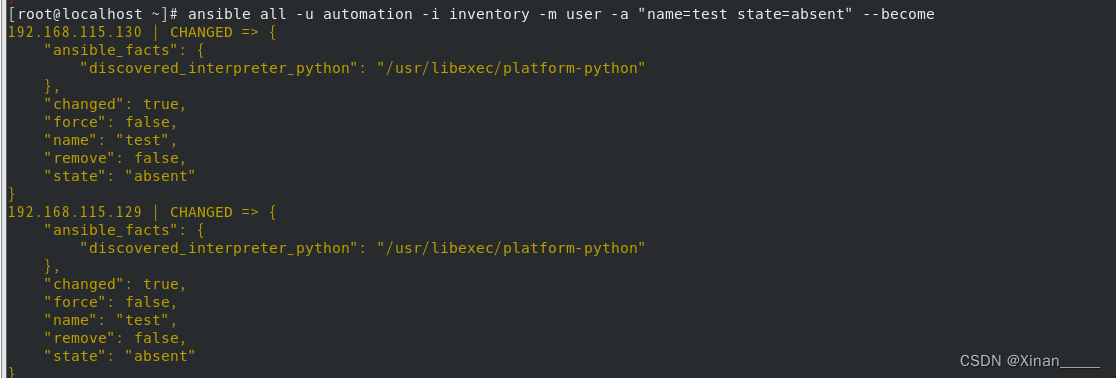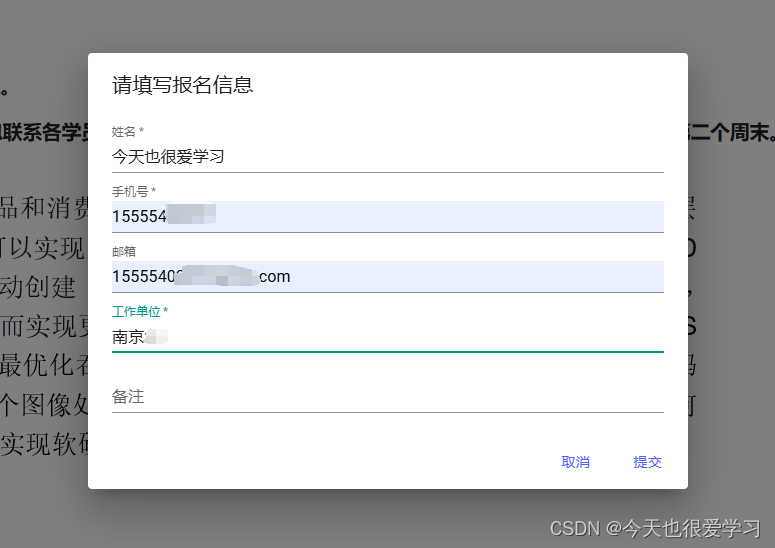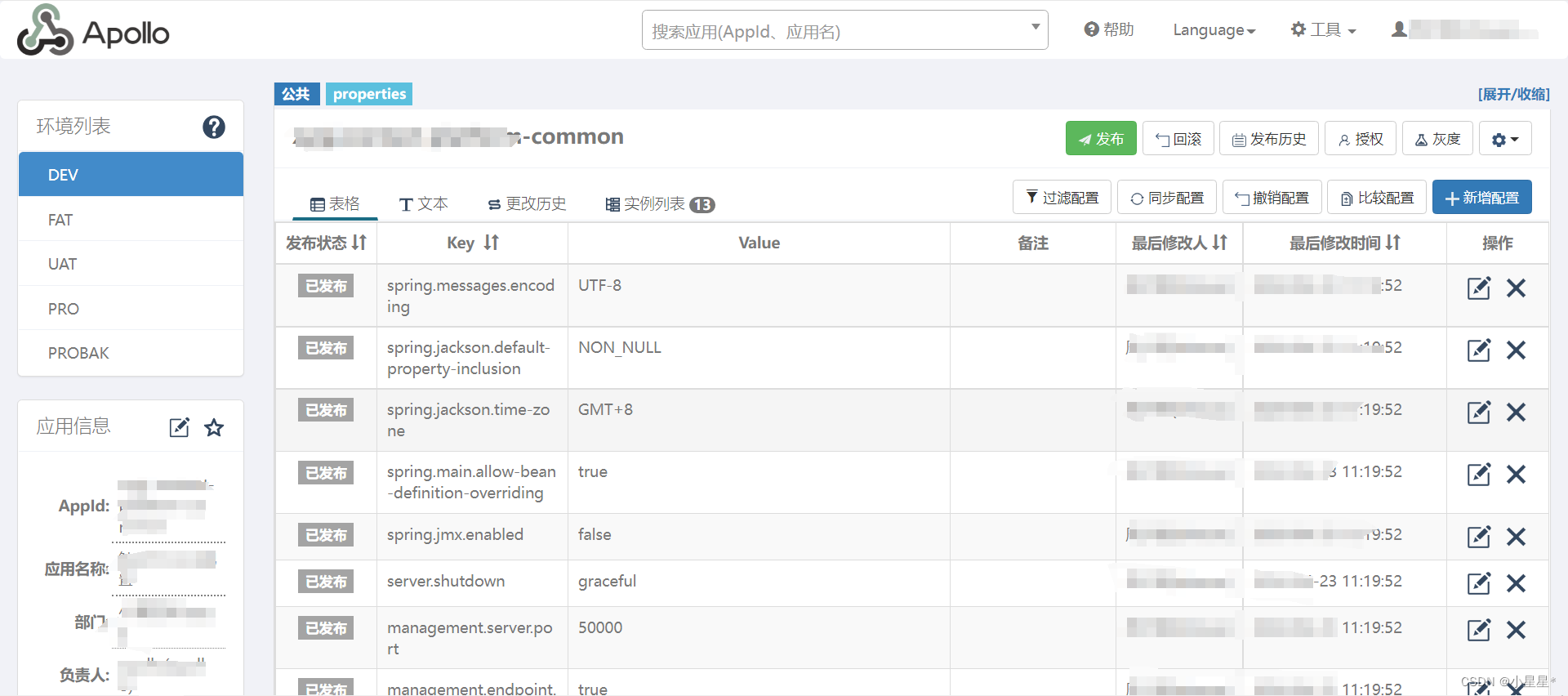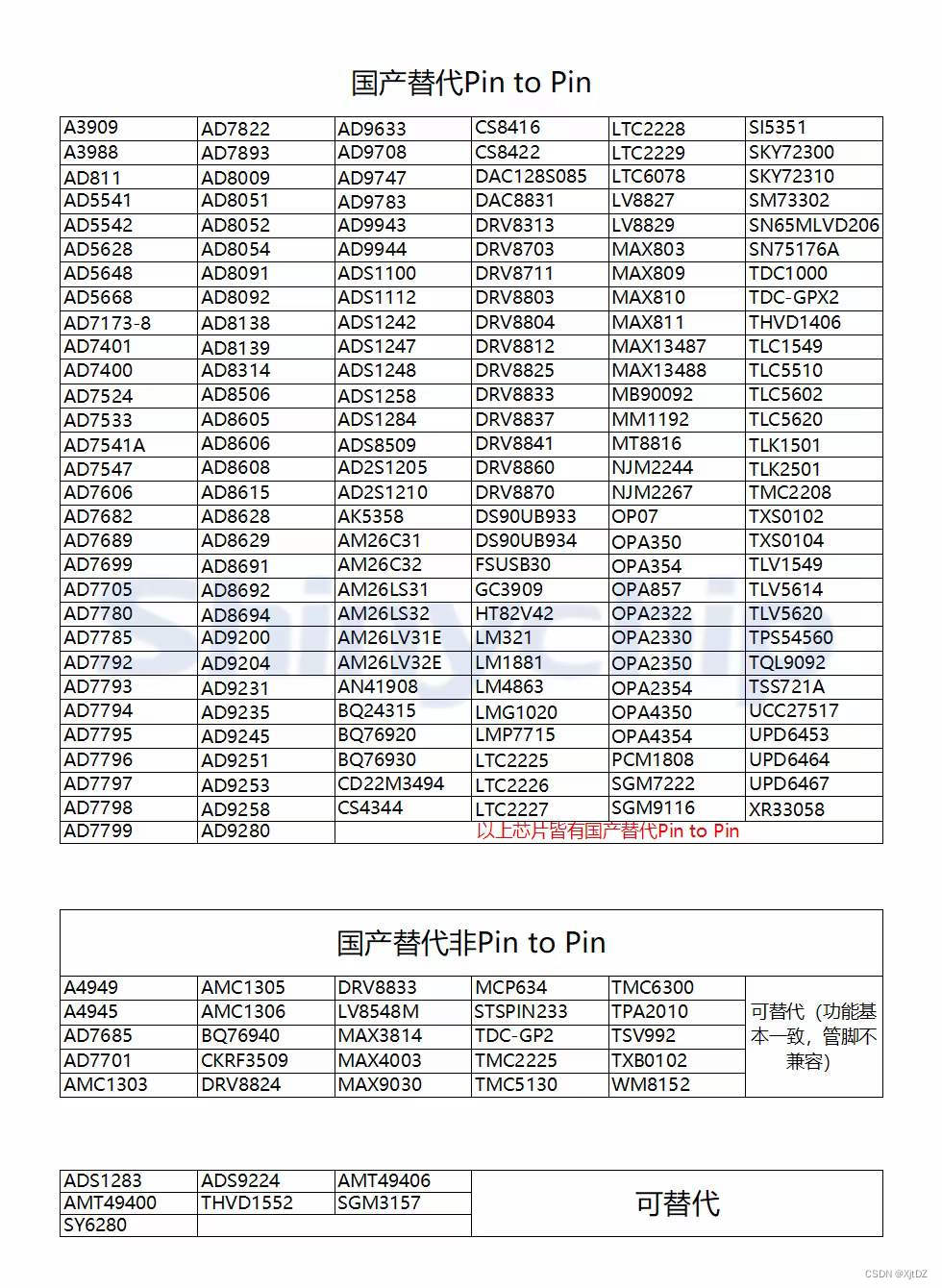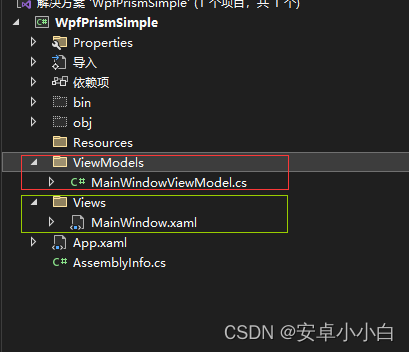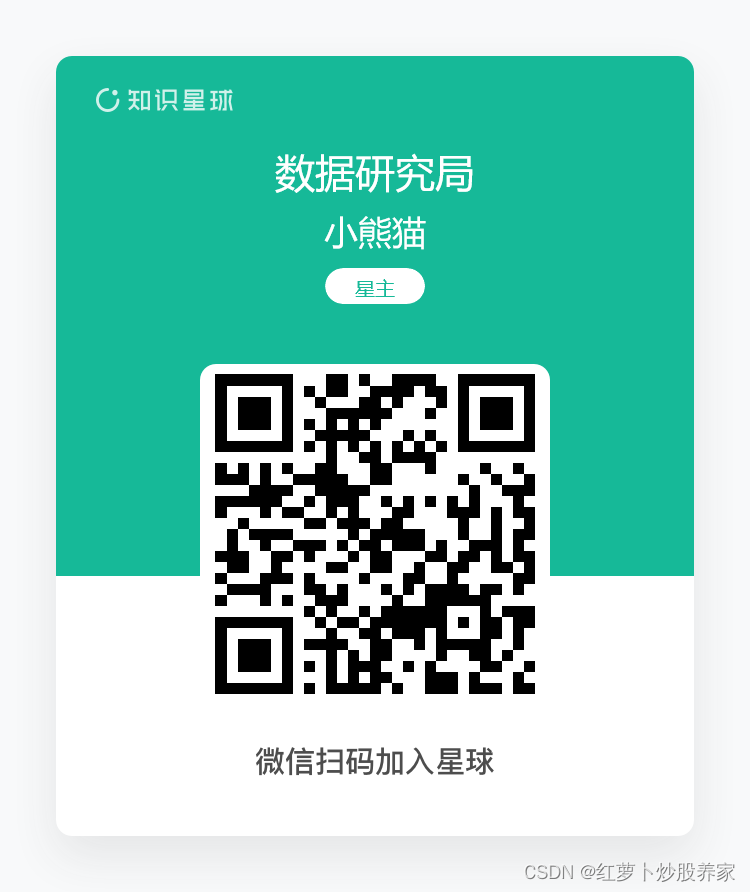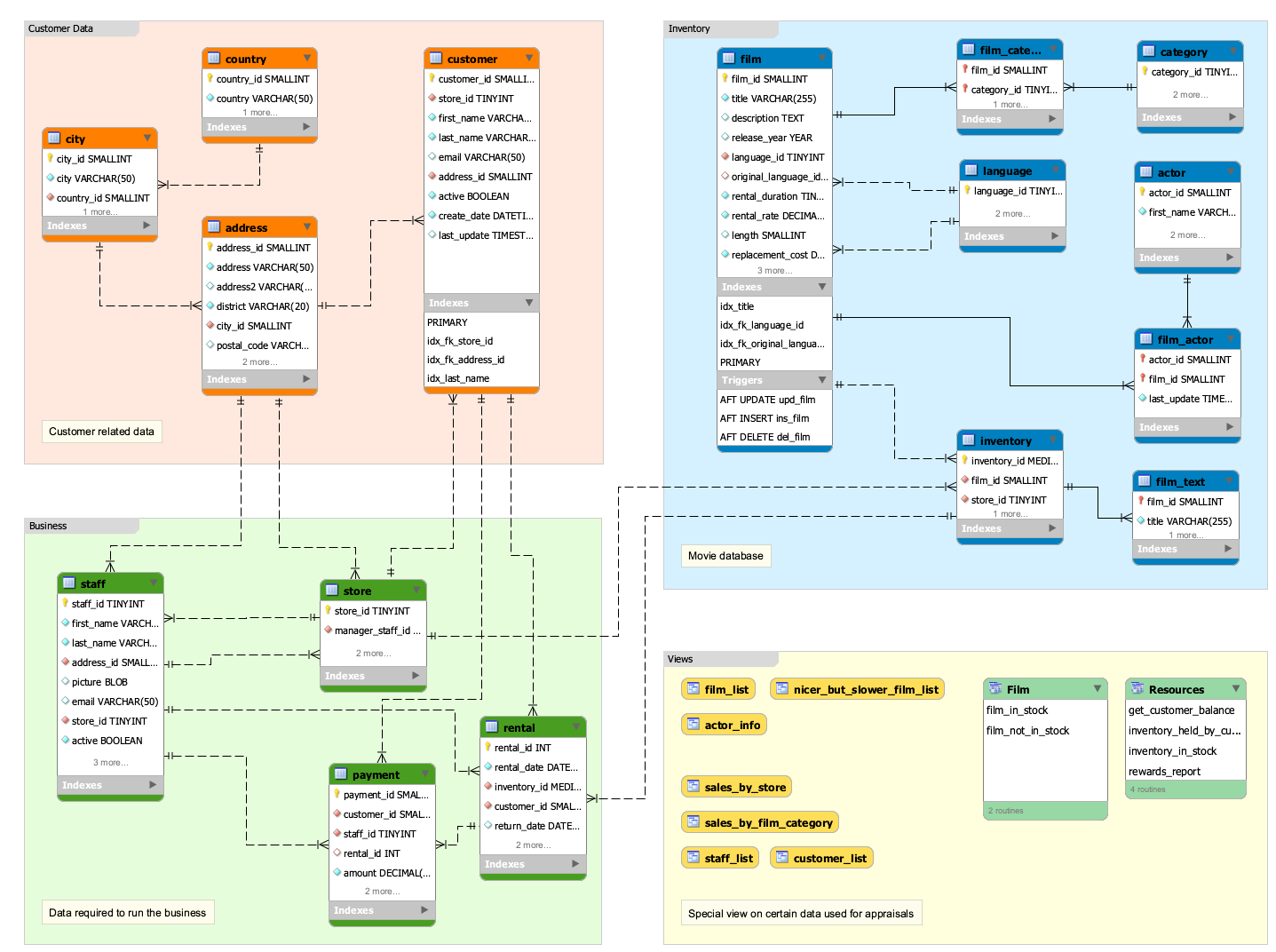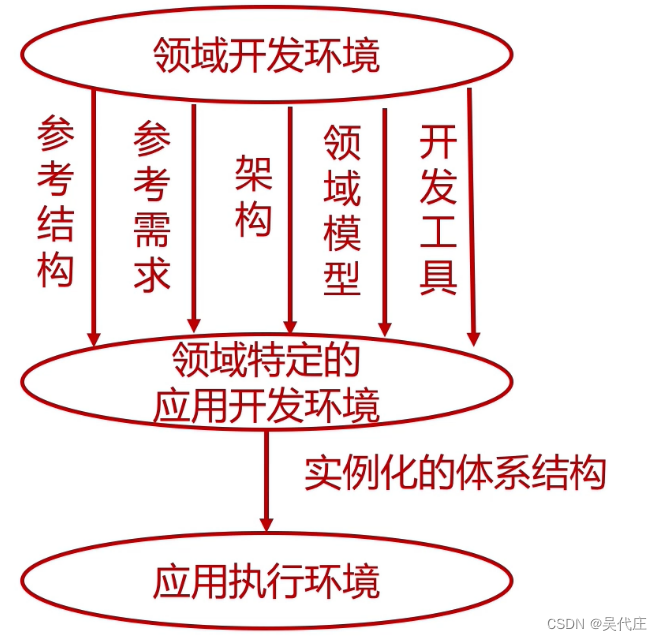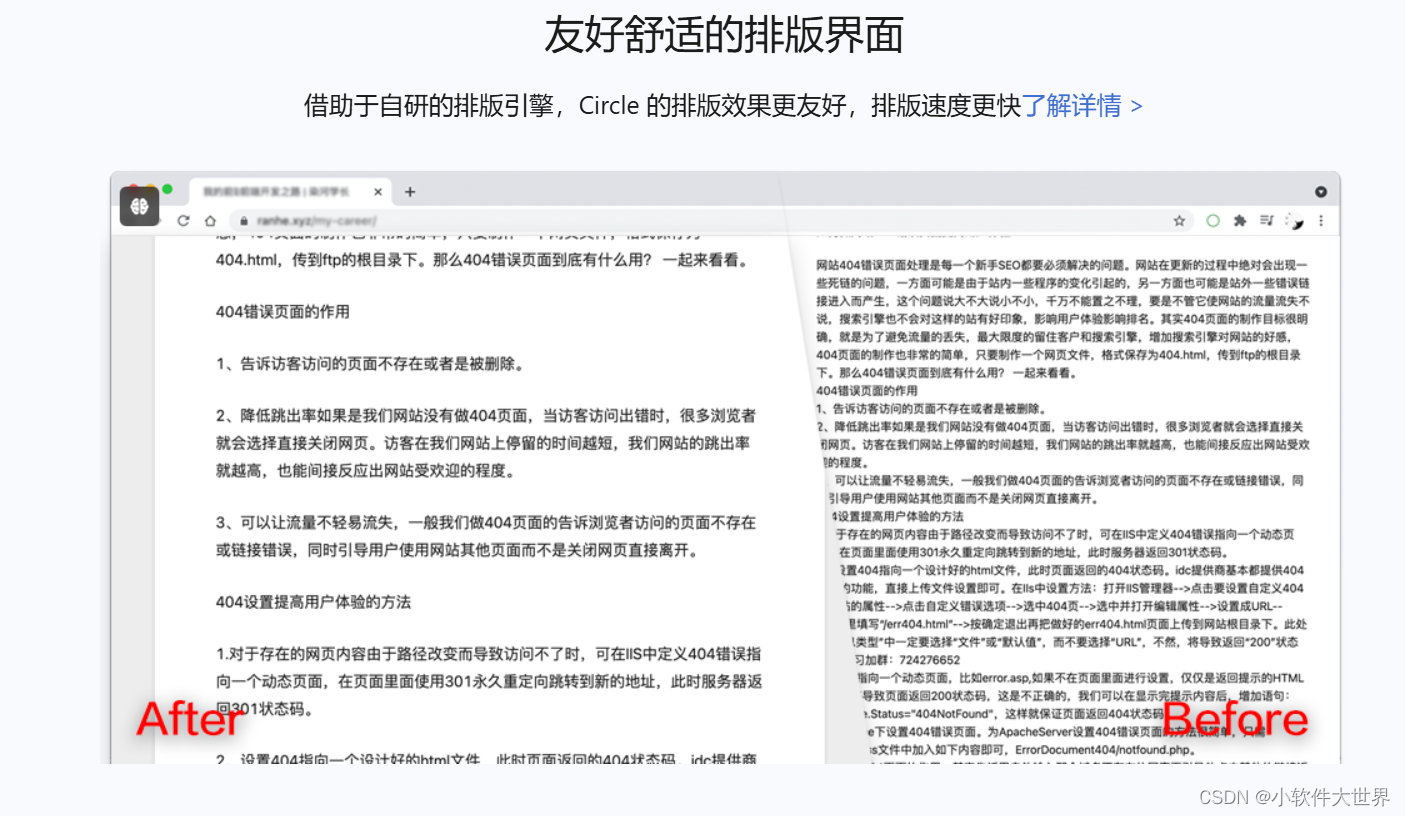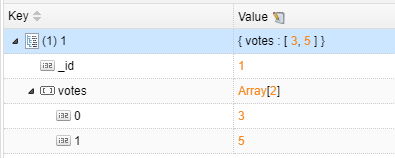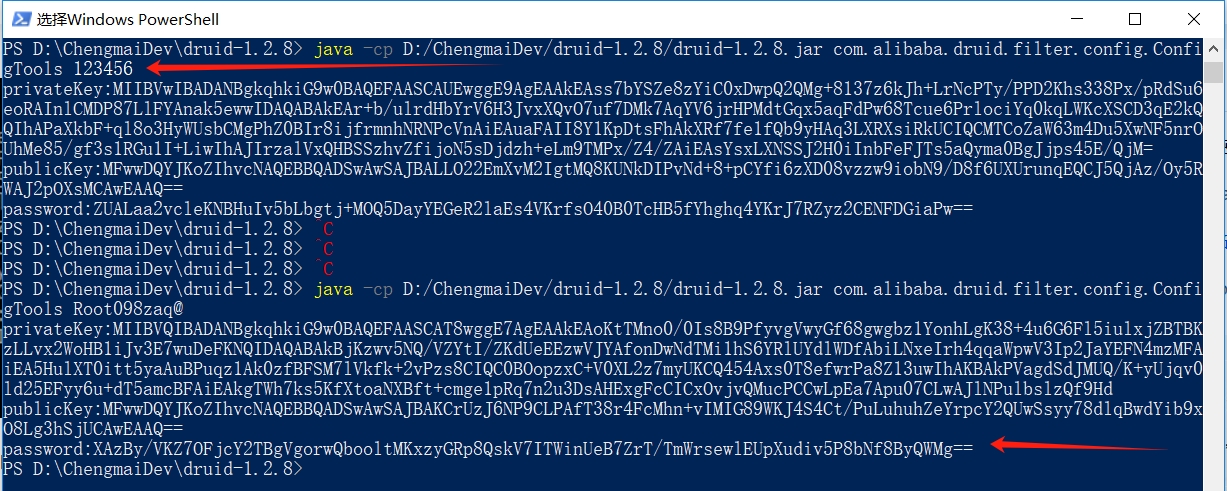界面切换
- push和pop
- present和dismiss
- 示例程序
push和pop
在 Objective-C 中,pop 和 push 通常是与 UINavigationController 一起使用的方法,用于控制导航栈中视图控制器的跳转和回退。
- push 和 pop 通常成对使用,用于实现导航栈的前进和后退功能。
- 当用户进入新的视图控制器时,使用 push 方法将其加入导航栈;
- 当用户需要返回上一个视图控制器时,使用 pop 方法从导航栈中移除当前视图控制器。
push的代码格式:
[self.navigationController pushViewController:two animated:YES];
pop的代码格式:
//返回上一视图控制器
[self.navigationController popViewControllerAnimated:YES];
//返回根视图控制器
[self.navigationController popToRootViewControllerAnimated:YES];
//返回到指定的控制器
[self.navigationController popToViewController:one animated:YES];
present和dismiss
在 Objective-C 中,present 和 dismiss 是与视图控制器相关的两个重要概念,它们描述了视图控制器的呈现和关闭行为。present 用于以模态方式呈现一个新的视图控制器。dismiss 用于关闭当前模态呈现的视图控制器,返回到上一级视图控制器。
区别与联系:
- present 和 dismiss 是相对的概念,present 用于呈现新的视图控制器,dismiss 用于关闭当前视图控制器。
- 通常情况下,一个视图控制器被 present 之后,需要通过 dismiss 方法来关闭自己,返回到上一级视图控制器。
示例代码:
[self presentViewController:three animated:YES completion:nil];
[self dismissViewControllerAnimated:YES completion:nil];
示例程序

VCone.m:
#import "VCone.h"
#import "VCtwo.h"
@interface VCone ()
@end
@implementation VCone
@synthesize item = _item;
- (void)viewDidLoad {
[super viewDidLoad];
self.view.backgroundColor = [UIColor redColor];
_item = [[UIBarButtonItem alloc] initWithTitle:@"下一页" style:UIBarButtonItemStylePlain target:self action:@selector(pressRight)];
self.navigationItem.rightBarButtonItem = _item;
}
-(void) pressRight
{
VCtwo* two = [[VCtwo alloc] init];
[self.navigationController pushViewController:two animated:YES];
}
/*
#pragma mark - Navigation
// In a storyboard-based application, you will often want to do a little preparation before navigation
- (void)prepareForSegue:(UIStoryboardSegue *)segue sender:(id)sender {
// Get the new view controller using [segue destinationViewController].
// Pass the selected object to the new view controller.
}
*/
@end
VCtwo.m:
#import "VCtwo.h"
#import "VCone.h"
#import "VCthree.h"
@interface VCtwo ()
@end
@implementation VCtwo
@synthesize btn = _btn;
@synthesize btn1 = _btn1;
- (void)viewDidLoad {
[super viewDidLoad];
self.view.backgroundColor = [UIColor greenColor];
_btn = [[UIBarButtonItem alloc] initWithTitle:@"上一页" style:UIBarButtonItemStylePlain target:self action:@selector(press)];
self.navigationItem.leftBarButtonItem = _btn;
_btn1 = [[UIBarButtonItem alloc] initWithTitle:@"下一页" style:UIBarButtonItemStylePlain target:self action:@selector(pressright)];
self.navigationItem.rightBarButtonItem = _btn1;
}
-(void) press
{
[self.navigationController popViewControllerAnimated:YES];
}
-(void) pressright
{
VCthree* three = [[VCthree alloc] init];
[self presentViewController:three animated:YES completion:nil];
}
/*
#pragma mark - Navigation
// In a storyboard-based application, you will often want to do a little preparation before navigation
- (void)prepareForSegue:(UIStoryboardSegue *)segue sender:(id)sender {
// Get the new view controller using [segue destinationViewController].
// Pass the selected object to the new view controller.
}
*/
@end
VCthree.m:
#import "VCthree.h"
#import "VCtwo.h"
@interface VCthree ()
@end
@implementation VCthree
- (void)viewDidLoad {
[super viewDidLoad];
// Do any additional setup after loading the view.
self.view.backgroundColor = [UIColor yellowColor];
}
-(void) touchesBegan:(NSSet<UITouch *> *)touches withEvent:(UIEvent *)event
{
[self dismissViewControllerAnimated:YES completion:nil];
}
/*
#pragma mark - Navigation
// In a storyboard-based application, you will often want to do a little preparation before navigation
- (void)prepareForSegue:(UIStoryboardSegue *)segue sender:(id)sender {
// Get the new view controller using [segue destinationViewController].
// Pass the selected object to the new view controller.
}
*/
@end
效果图:

